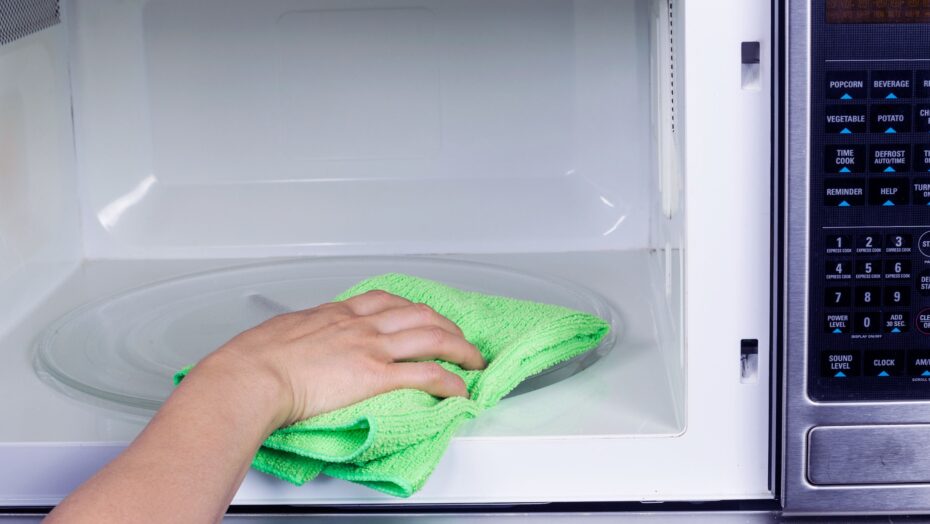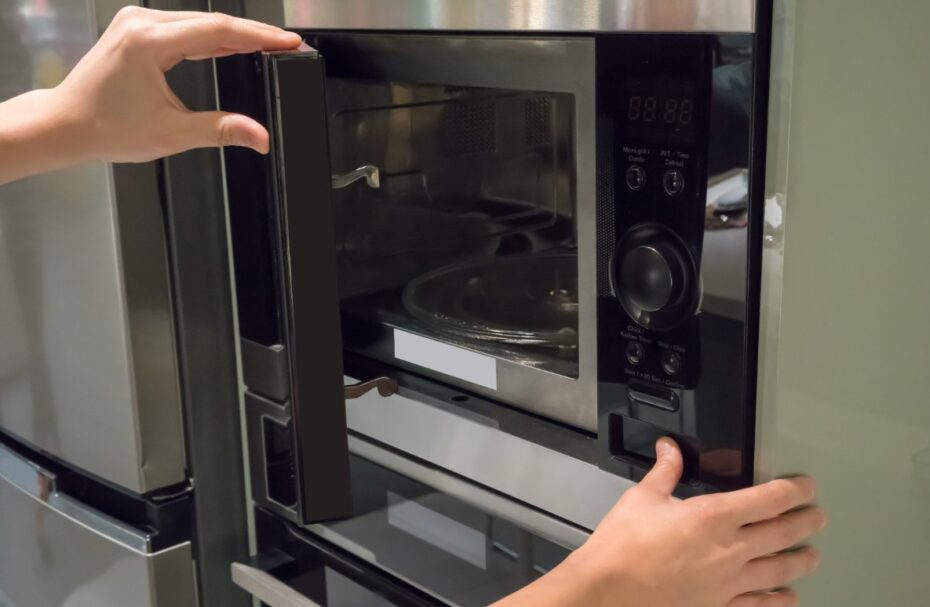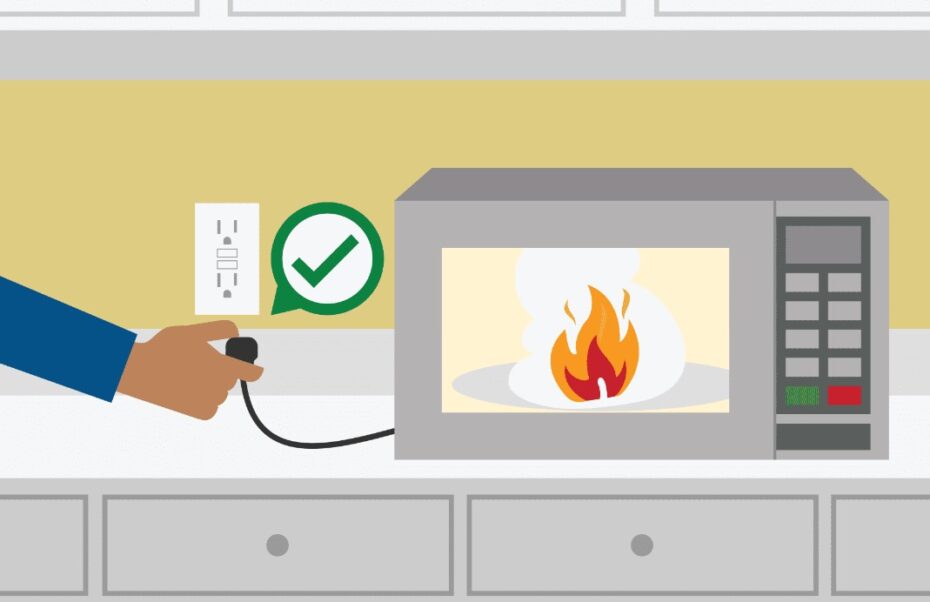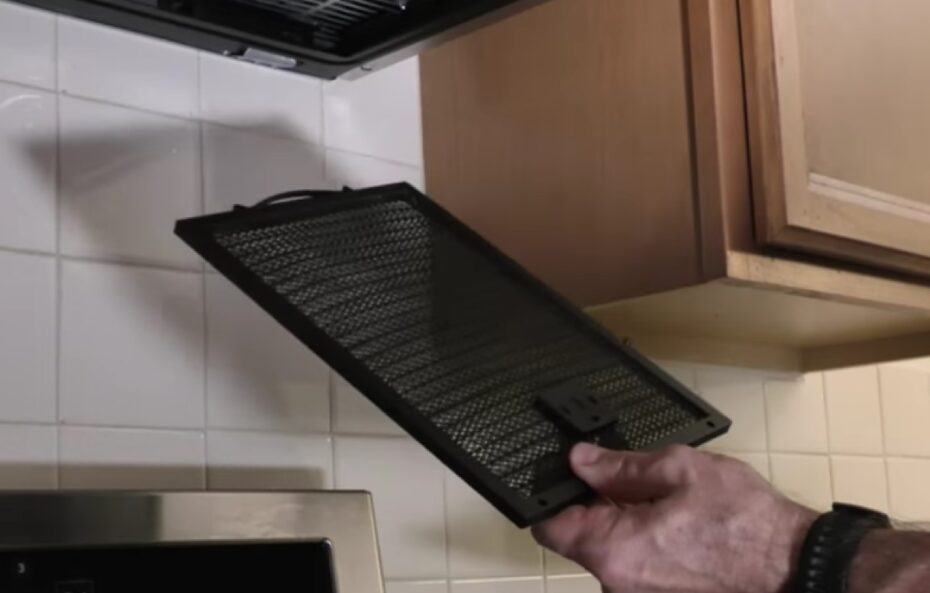As with other kitchen appliances, microwaves may experience various issues. Regular maintenance is key in helping prevent these from occurring.
Keep your microwave running optimally by wiping it down after each use and eliminating food residue accumulation that reduces its lifespan and could shorten its lifespan.
Clean the Microwave’s Interior

An unsightly microwave can also pose health risks. Without an auto-cleaning model, regular internal cleaning must be performed to restore its appearance – an easy and safe task that will make your microwave look like new again!
By regularly cleaning its interior you will prevent build-up of grease and grime which may lead to unpleasant odors as well as mechanical issues that could compromise its operation. Microwave cleaning products can help you clean most parts of the unit and keep your family safe.
Start by unplugging the unit and inspecting its cord and plug for signs of wear. This can give you an opportunity to see whether or not a replacement needs to be purchased, and which unit might still work efficiently.
Follow manufacturer guidelines when disassembling and cleaning a microwave, including taking steps such as taking out any removable parts such as the turntable and glass plate (if applicable). Wipe down all sides of the interior and door using a damp cloth.
For stubborn stains use a sponge dipped into a mixture of water and vinegar solution soaked up a damp sponge; once clean return all removable components to their places before plugging back in.
For quick cleaning of your microwave, you can also make use of a solution of warm water and mild dishwashing liquid. Dip a cloth or sponge into this solution, dipping all corners and crevices thoroughly as you wipe. After you finish wiping down all interior areas of the microwave, rinse out with clean water and allow to air dry before reusing your sponge or cloth again.
To achieve a deeper clean, commercial microwave cleaning and sanitizing preparations can also be purchased at most grocery stores and home appliance outlets. They should only require brief application and rinsed thoroughly to avoid residues that could discolor or damage the microwave.
You could also run periodic “self-cleaning cycles” on your microwave to help eliminate hardened stains and food debris that has collected inside.
Whenever possible, read and follow all label directions as well as test any cleaning/sanitizing preparations on small areas to ensure optimal performance and safety/performance before use!
Check the Door Seal

Maintaining a microwave properly is key to keeping it running optimally and safely for your health, with problems including leakage of microwave radiation causing damage to surrounding areas of the oven and lack of ventilation resulting from improper operation of a malfunctioning microwave posing serious risks to both you and your family.
It is vital that regular inspections take place.
If your microwave is leaking or the door does not close securely, it may be time for replacement. There are a few simple steps you can take to address these issues: unplugging it from its power source before beginning repair work and wearing safety goggles and gloves when working on it are key factors in effective repair work.
First, inspect the microwave gasket and seal for any debris build-up or clogging. As this part of your microwave helps retain heat, regular maintenance is key if it wants to work as intended. A clogged or damaged gasket could lead to issues closing its door correctly, even potentially leading to possible malfunction.
An interlock switch that’s broken or misaligned is another common problem in microwave ovens, and should always remain in good condition to prevent the door from opening accidentally while using your oven.
If it becomes necessary to seek professional maintenance help to repair it yourself, call your service provider for help as soon as possible.
One final common problem is a defective door latch lever. The latch lever holds the door latch securely when you press the door button to open your microwave, and can often be found between the control panel and microwave frame in small gaps between them. A broken or malfunctioning latch lever could result in your microwave failing to open or close properly.
Immediately upon discovering that your microwave may be leaking, it is essential that you contact a professional maintenance specialist immediately in order to perform a comprehensive inspection before it becomes hazardous to your health.
A maintenance specialist may use various tools and techniques in order to check for issues like defective interlock switches, loose hinges/latches or damaged sensors which pose potential health threats.
Unplug the Microwave when Not in Use

Microwaves consume electricity even when turned off, so unplugging it when not in use can help save energy and extend its lifespan.
Also consider plugging your microwave into a surge protector to safeguard it against power surges that could potentially damage it or start fires.
Microwave ovens can generate sparks if metal foil or utensils are placed inside, food splatter ignites or a high-voltage diode shorts out, or when their fan or carousel belt stops working correctly or their drive bushing or tray motor becomes defective; all of which could prove potentially hazardous and require professional appliance repair expertise to repair.
If your microwave produces a loud buzzing noise when operating, it may be time to consider replacement options. This could be caused by an issue with its magnetron, capacitor or diode; also potential issues could include the door interlock switch; defective ceramic fuse or thermal fuse; or touch pad that no longer functions properly.
At least once every week, it’s also beneficial to wipe down the exterior of your microwave to keep it looking its best and prevent food splatters and grease from building up and becoming harder to remove over time.
Be mindful not to place materials that are non-microwave safe in there such as aluminum foil, metal utensils or dishware with silver or gold accents that could potentially spark sparks that are both hazardous and dangerous in nature.
Staying too long in front of the microwave can cause overheating and permanent damage, particularly if used to reheat food. To protect against this happening, always turn it off after eating or cooking and wipe down its exterior once every week.
Even though it may be cumbersome to remember to unplug your microwave regularly, doing so can drastically extend its lifespan and potentially save on costly repair costs later. A surge protector is also beneficial in protecting against unexpected power spikes caused by lightning strikes or other sources.
Replace the Filters

Grease filters on the underside of a microwave can easily become neglected, leading to hard work from your appliance and creating potential fire hazards. According to Jones, cleaning them is as easy as soaking it in water mixed with degreasing dish soap – most manufacturers recommend this as part of your maintenance program.
Replace a microwave charcoal filter if your unit is designed to recirculate air or your current one has become worn-out. These filters absorb odors during cooking and should be changed every six to 12 months depending on usage.
To unplug and change out an old filter simply unplug and allow to cool before unfastening vent grill mounting screws at the top of your unit (referring to your owners manual if necessary) before taking care to locate and install your new charcoal filter.
Microwaves can make strange sounds while in use, but if they start making loud and high-pitched buzzing noises or showing signs of distress you should have them professionally repaired.
Buzzing noises could be due to a magnetron, capacitor or diode malfunction while sparking, arcing and smoke are signs that more serious repairs need to be addressed immediately.
If your tray won’t turn, it may be due to a broken roller guide. Your tray sits atop this guide which allows it to rotate; over time its use can cause it to break or bend, requiring professional appliance repair technician service to replace.
Temperature probes in microwave ovens can become unreliable. Their signal related to the control board informs it how long to heat food; should one fail, this could potentially ruin your meal.
You can test the resistance of your microwave’s temperature sensor using multimeter tips on each end of its connection – the reading should be more than zero but less than infinite; otherwise you should replace it immediately.

